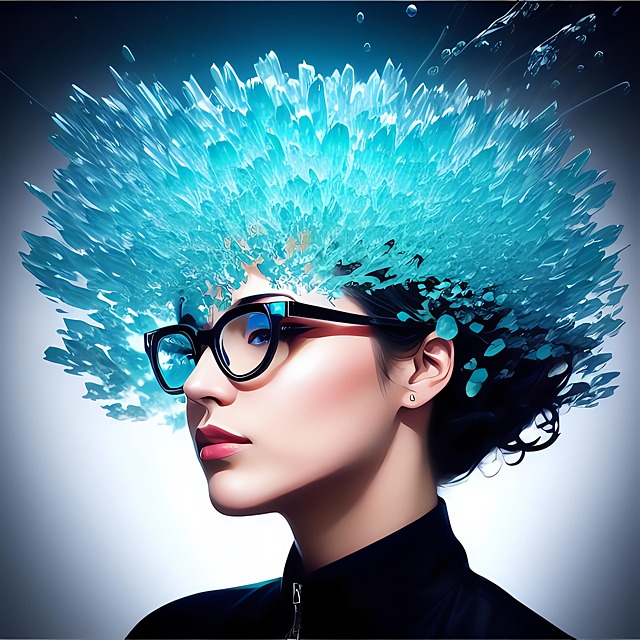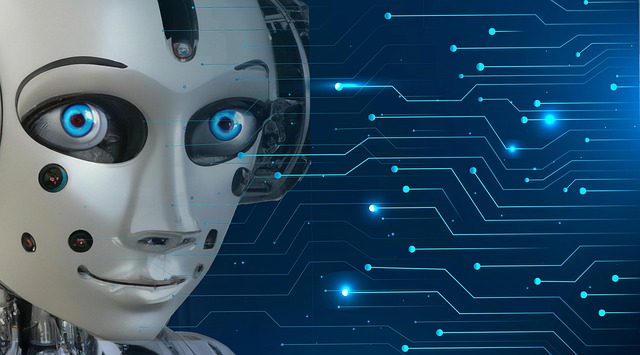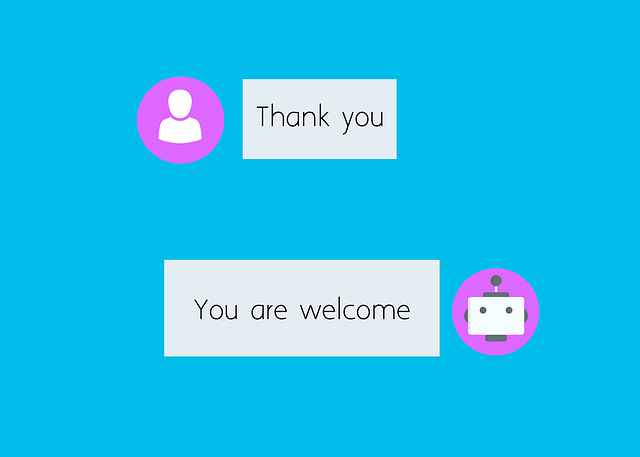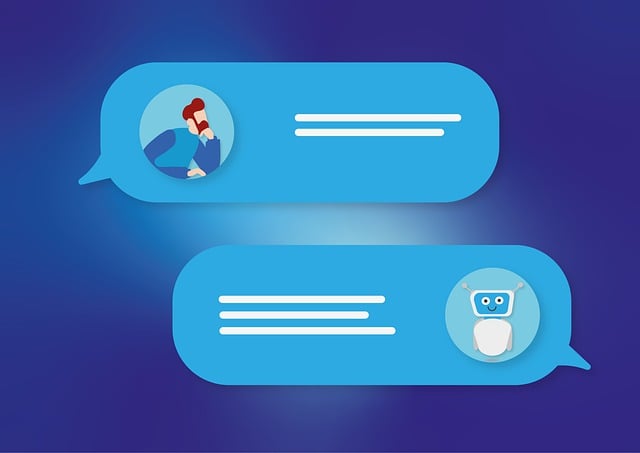AI assistants have transformed user interactions by leveraging natural language processing (NLP) and machine learning for personalized experiences. These digital companions go beyond search tools, engaging in complex conversations and adapting to individual needs through voice-activated, context-aware interactions. As AI continues to evolve, assistants will anticipate user requirements, seamlessly integrating into daily life from smart homes to enterprise applications, fostering deeper connections between humans and machines. NLP serves as a foundation, enabling intuitive user interfaces that simplify tasks via natural language conversations, revolutionizing accessibility and intuitiveness for all users. Future UI designs will dynamically adapt to individual preferences and behaviors, powered by AI assistants, enhancing productivity and engagement.
The evolution of AI has sparked a revolution in user interfaces, giving rise to intelligent and intuitive experiences. As AI assistants become more prevalent, they are reshaping how users interact with technology. This article explores the transformative power of smart interfaces powered by AI, delving into natural language processing and its role in enabling conversational AI. We also peek into future trends, where AI-driven UI design and personalization will redefine user engagement, setting the stage for an even more immersive digital landscape.
- The Rise of AI Assistants: Transforming User Interactions
- Smart Interfaces: Enhancing User Experience with AI
- Natural Language Processing: Enabling Conversational AI
- Future Trends: AI-driven UI Design and Personalization
The Rise of AI Assistants: Transforming User Interactions

The evolution of Artificial Intelligence (AI) has witnessed a significant shift in user interactions, primarily through the rise of AI assistants. These digital helpers have become an integral part of our daily lives, offering intuitive and personalized experiences. With advanced natural language processing capabilities, AI assistants can understand complex queries and provide relevant responses, making them more than just a search tool—they are conversational partners. The convenience and efficiency they bring to users’ tasks have revolutionized how we interact with technology.
AI assistants are transforming the user interface (UI) landscape by providing voice-activated, context-aware interactions. They can learn user preferences, offer tailored recommendations, and adapt to individual needs. This level of personalization ensures that user experiences are no longer one-sized fits all. As AI continues to advance, these assistants will become even smarter, anticipating user needs and seamlessly integrating into various aspects of our lives, from smart homes to enterprise applications.
Smart Interfaces: Enhancing User Experience with AI

AI assistants are transforming user interfaces, revolutionizing how people interact with technology. By leveraging machine learning and natural language processing, smart interfaces can understand user needs, preferences, and behaviors, offering personalized experiences tailored to individual users. These AI-driven interfaces anticipate actions, provide relevant suggestions, and adapt in real-time, making digital interactions more intuitive and efficient.
The evolution of AI in user interfaces is not just about convenience; it’s about fostering deeper connections between humans and machines. With the ability to learn and evolve based on user feedback, AI assistants become increasingly adept at anticipating user requirements, creating a seamless and engaging user experience that was once unimaginable.
Natural Language Processing: Enabling Conversational AI

Natural Language Processing (NLP) is a cornerstone in the evolution of AI, enabling machines to understand and interpret human language. This technology powers conversational AI assistants, allowing them to engage in natural, back-and-forth interactions with users. By breaking down complex user inputs into simpler components, NLP enables these assistants to process queries, provide relevant responses, and learn from each interaction.
The application of NLP has significantly improved the way we interact with technology, moving beyond traditional command-based interfaces. Now, AI assistants can handle a wide range of tasks, from answering simple questions to performing complex actions, all through natural language conversations. This evolution continues to shape the future of user interfaces, making technology more accessible and intuitive for everyone.
Future Trends: AI-driven UI Design and Personalization

As we move forward, AI-driven UI design is set to transform how users interact with technology. By leveraging machine learning algorithms, future user interfaces will become increasingly personalized, adapting to individual preferences and behaviors in real time. This means that an AI assistant could automatically adjust layout, color schemes, and even content based on a user’s historical interactions and feedback, creating a seamless and intuitive experience.
Imagine an interface that anticipates your needs before you do, streamlining tasks and providing relevant information proactively. This level of personalization, powered by AI, promises to enhance productivity while making technology more accessible to users with diverse needs. Moreover, the dynamic nature of such interfaces will foster engagement, encouraging users to spend more time interacting with their devices in ways that are both enjoyable and efficient.
